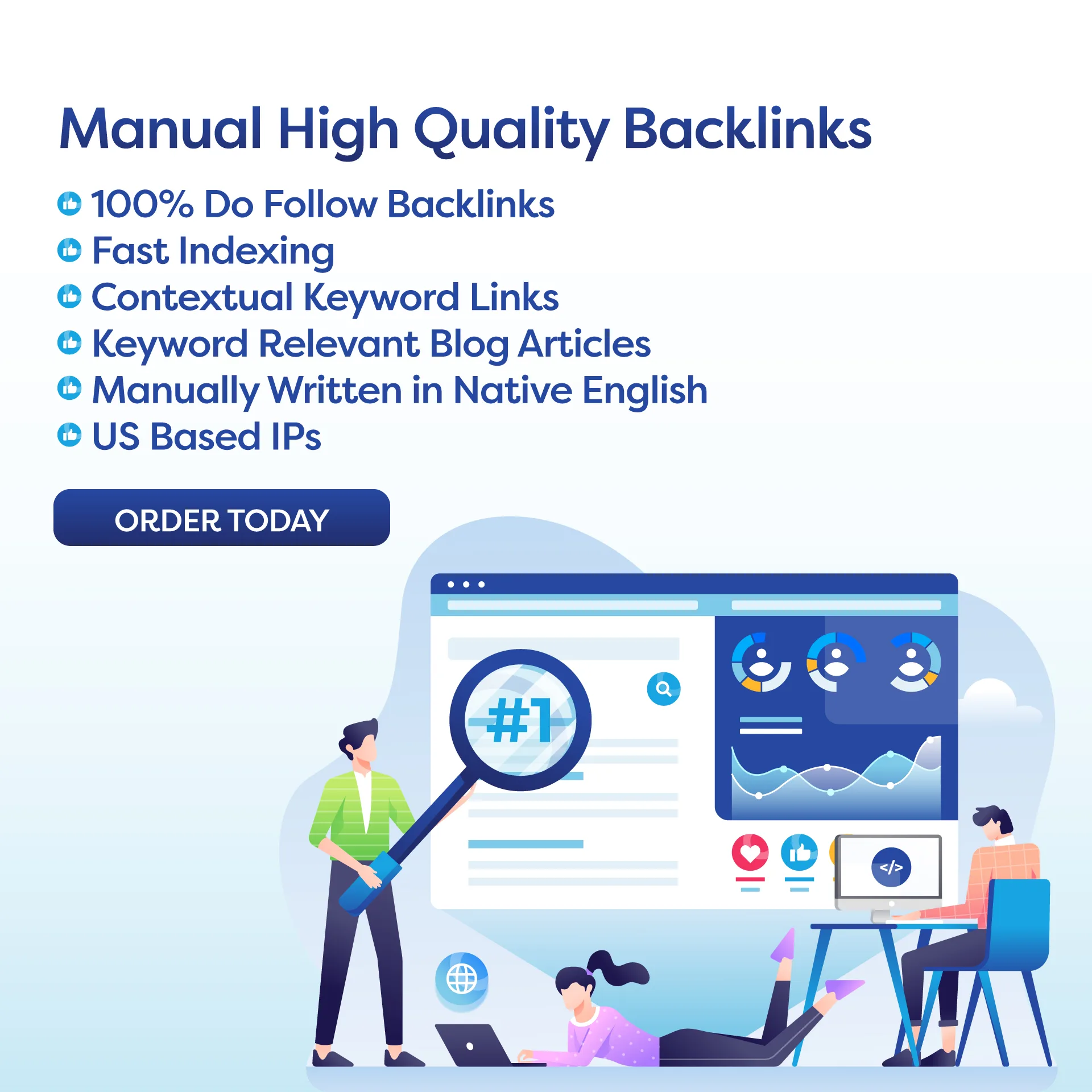The Ultimate Guide to Mastering Backlink Analysis for SEO Success
Introduction: The Critical Role of Backlink Analysis in SEO
Backlink analysis plays a pivotal role in the realm of search engine optimization (SEO). It involves scrutinizing the backlinks that point to your website, offering insights into your site’s authority, relevance, and overall SEO health. Understanding the quality and quantity of these links is crucial for enhancing your website’s search engine ranking and visibility.
Understanding Backlink Analysis
Definition of Backlink Analysis
Backlink analysis is the process of reviewing the backlinks pointing to a site to assess their contribution to the site’s search engine performance. This analysis aims to identify:
The total number of backlinks
The quality of these backlinks
The diversity of linking domains
Why Backlink Analysis is Essential for SEO
Backlink analysis helps in identifying how your site is perceived by search engines in terms of authority and trustworthiness.
It uncovers opportunities to improve your backlink profile through targeted link-building efforts.
It enables you to identify and disavow toxic backlinks that could harm your site’s ranking.
How to Conduct Backlink Analysis
Conducting a thorough backlink analysis involves several steps and the use of specific tools. Here’s how to approach it:
Tools for Backlink Analysis: Utilize tools such as Ahrefs, SEMrush, and Moz to gather data on backlinks. These tools provide insights into:
The number of backlinks and referring domains
The authority of linking domains
The presence of potentially harmful backlinks
Identifying High-Quality Backlinks:
Look for backlinks from high-authority sites related to your niche.
Prioritize backlinks that are relevant to your content and audience.
Spotting and Disavowing Toxic Backlinks:
Use SEO tools to identify backlinks from low-quality or spammy sites.
Submit a disavow file to Google via the Google Search Console to mitigate the negative impact of these links.
The initial part of this article has set the foundation for understanding backlink analysis and its critical importance in SEO. The following sections will delve deeper into leveraging backlink analysis for refining your SEO strategy, ensuring your website not only attracts quality backlinks but also maintains a robust and healthy online presence.
For an Employee Wellness Consultant website looking to optimize its online presence and improve SEO rankings through backlink analysis, here’s how the process might unfold, with a focus on leveraging insights for strategic improvements:
Backlink Analysis Example for an Employee Wellness Consultant Website
Conducting the Backlink Analysis
First, use an SEO tool like Ahrefs, SEMrush, or Moz to conduct an initial analysis of the website’s current backlink profile. This involves:
Gathering Data: Collect comprehensive data on all backlinks pointing to the Employee Wellness Consultant website.
Assessing Backlink Quality: Evaluate the authority and relevance of the linking domains. High-quality backlinks might come from reputable sources in the health, wellness, HR, or business sectors.
Identifying Link Diversity: Analyze the variety of backlinks, including blogs, directories, news sites, and industry-specific portals that link back to the site.
Spotting Toxic Links: Identify any backlinks that may be considered toxic or harmful to the website’s SEO health, such as links from spammy or irrelevant sites.
Analysis Insights
The analysis might reveal several key insights:
The website has a solid foundation of backlinks from reputable sources in the wellness and HR industries, indicating strong domain authority in these areas.
A small percentage of backlinks come from unrelated or low-quality domains, potentially negatively impacting SEO.
There’s a lack of diversity in the types of backlinks, with most coming from blogs and almost none from news sites or professional organizations.
Strategic Improvements
Based on the insights from the backlink analysis, the Employee Wellness Consultant website can take several strategic actions:
Enhance Link Diversity: Actively seek opportunities to get featured in news articles, wellness magazines, and industry association websites. This could involve pitching story ideas to journalists or applying to be listed in professional directories.
Build Relationships with High-Quality Domains: Engage in community discussions, attend industry conferences, and contribute guest posts to establish relationships with authoritative sites in the wellness and HR sectors.
Disavow Harmful Links: Use Google’s Disavow Tool to request the removal of any toxic backlinks identified during the analysis, helping to protect the website’s SEO ranking.
Leveraging Competitor Insights
Competitor Backlink Analysis: Conduct a backlink analysis for top competitors to discover where they are acquiring their backlinks. Look for patterns or specific sites that link to multiple competitors but not to your site, indicating potential opportunities for your link-building strategy.
Monitoring and Adjusting Strategy
Regularly monitor the backlink profile to track the addition of new, high-quality links and the removal of toxic links. Adjust the strategy as needed based on ongoing analysis and the changing landscape of the wellness industry.
This example demonstrates how backlink analysis can provide actionable insights for an Employee Wellness Consultant website, guiding efforts to improve SEO through strategic link-building and maintenance of a healthy backlink profile. By focusing on the quality, diversity, and relevance of backlinks, the website can enhance its authority, improve search engine rankings, and attract more targeted traffic.

